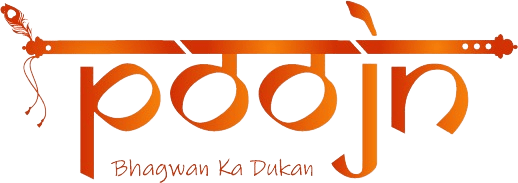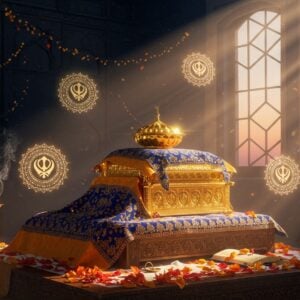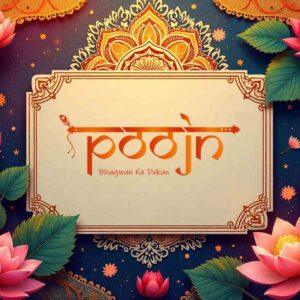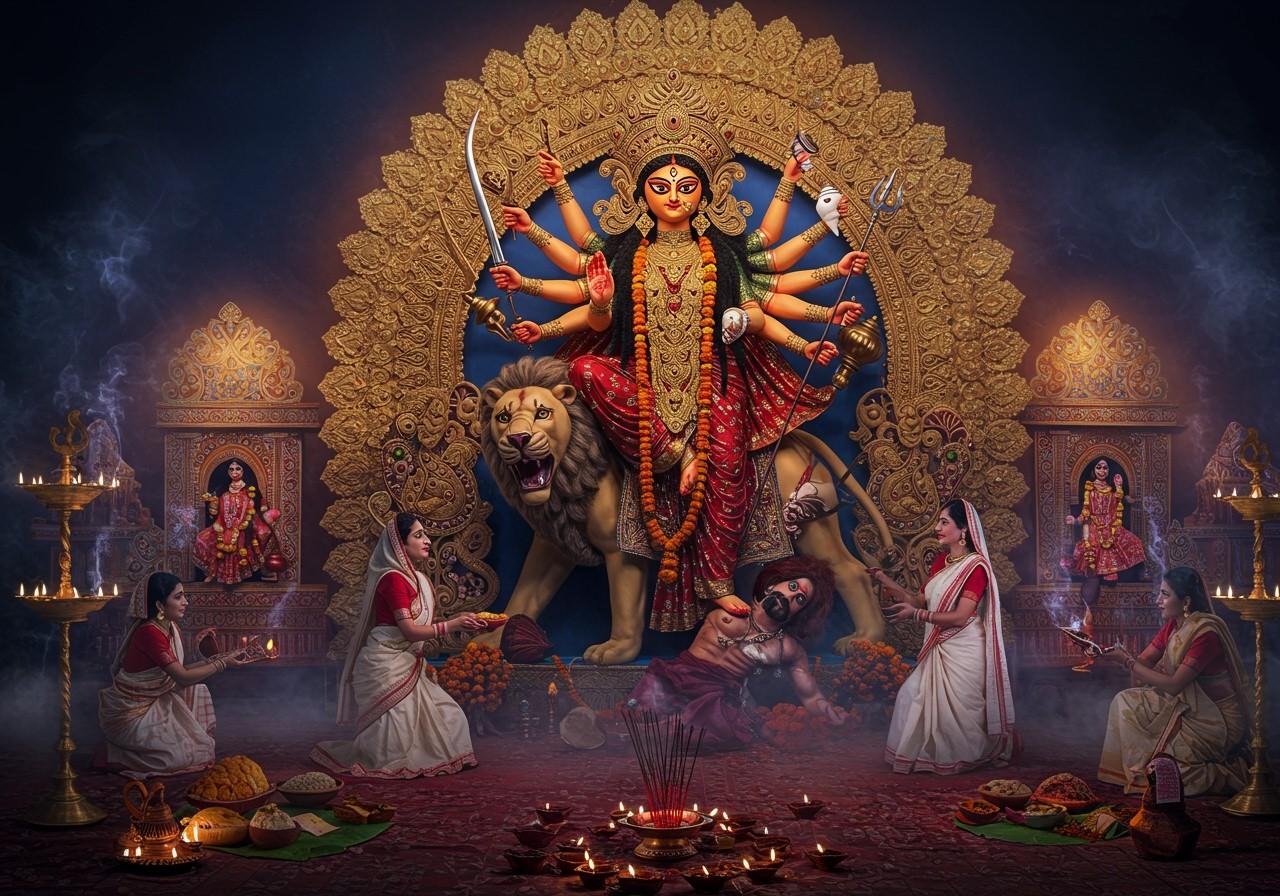
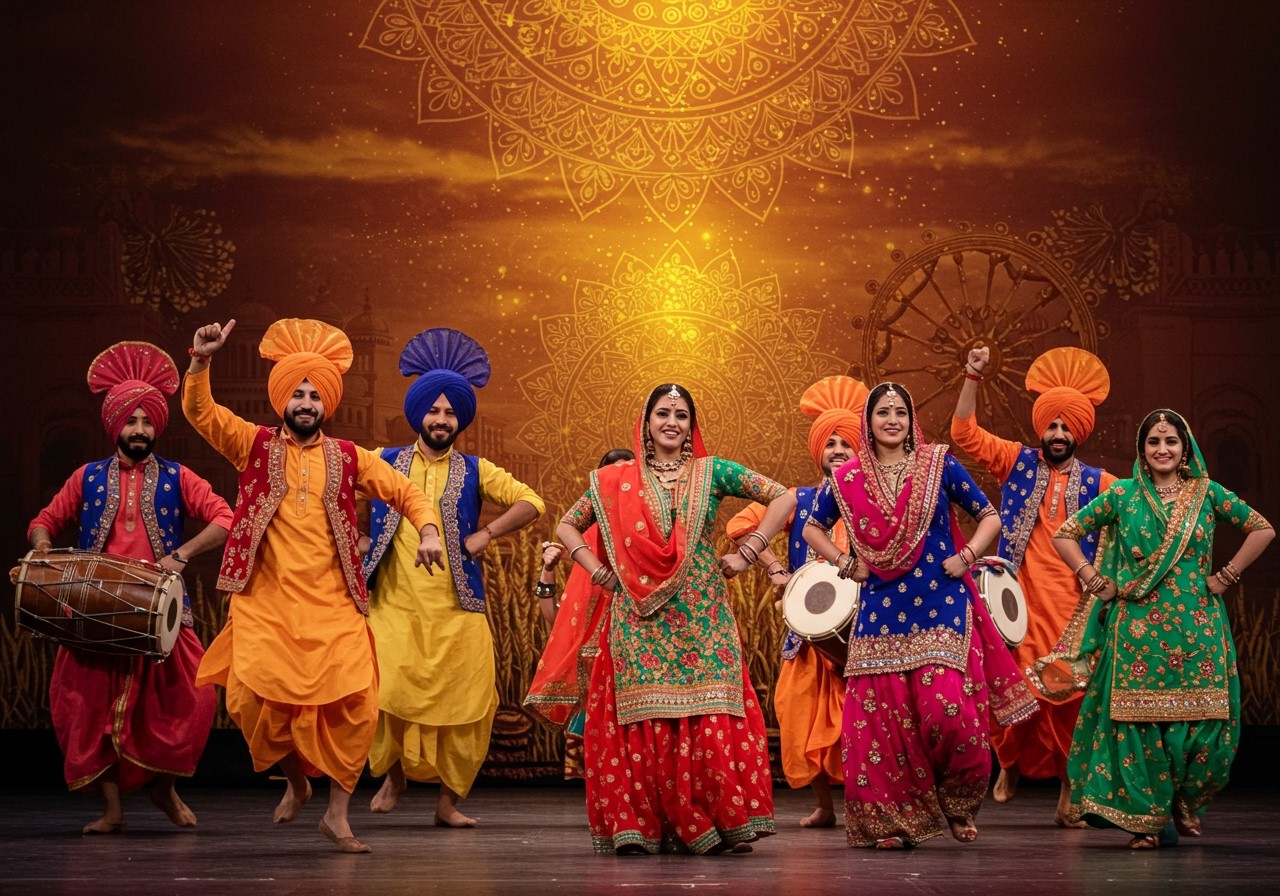
When you think of Punjab, what comes to mind? Is it the lush green fields stretching as far as the eye can see? The delicious aroma of makki di roti and sarson da saag? Or is it the thunderous, infectious beat of the dhol? For many of us, it’s the incredible energy and joy that flows through the land, and nothing captures this spirit better than its vibrant folk dances. These aren’t just performances; they are the very soul of Punjab, a beautiful expression of life, celebration, and togetherness.
From harvest festivals to weddings, these dances are woven into the fabric of Punjabi life, telling stories of love, bravery, and the simple joys of living. Let’s take a walk through the colourful and energetic world of Punjabi folk performances.
Dances That Tell the Story of a People
Each folk dance in Punjab has its own unique flavour and story, passed down through generations. They are a living, breathing part of the region’s rich cultural heritage.
Bhangra: The Global Anthem of Joy
- If there’s one dance that has put Punjab on the world map, it’s Bhangra! What started as a humble dance by farmers to celebrate the Vaisakhi harvest festival has become a global phenomenon. Its powerful, energetic movements and the irresistible beat of the dhol can make anyone want to jump up and dance.
- Bhangra is pure, unadulterated happiness. It’s a celebration of hard work paying off, a thank you to the earth for its bounty, and a vibrant display of masculine energy and strength.
Giddha: The Graceful Circle of Sisterhood
- Often called the female counterpart to Bhangra, Giddha is a beautiful display of feminine grace, charm, and playful energy. Women gather in a circle, and through hand-claps and rhythmic steps, they sing folk couplets called ‘bolis’.
- These bolis are the heart of Giddha, covering everything from daily life and family jokes to love and longing. It’s a dance of storytelling, where women share their emotions, laughter, and secrets, creating a powerful bond of sisterhood. Their colourful salwar kameez and traditional jewellery add to the visual spectacle.
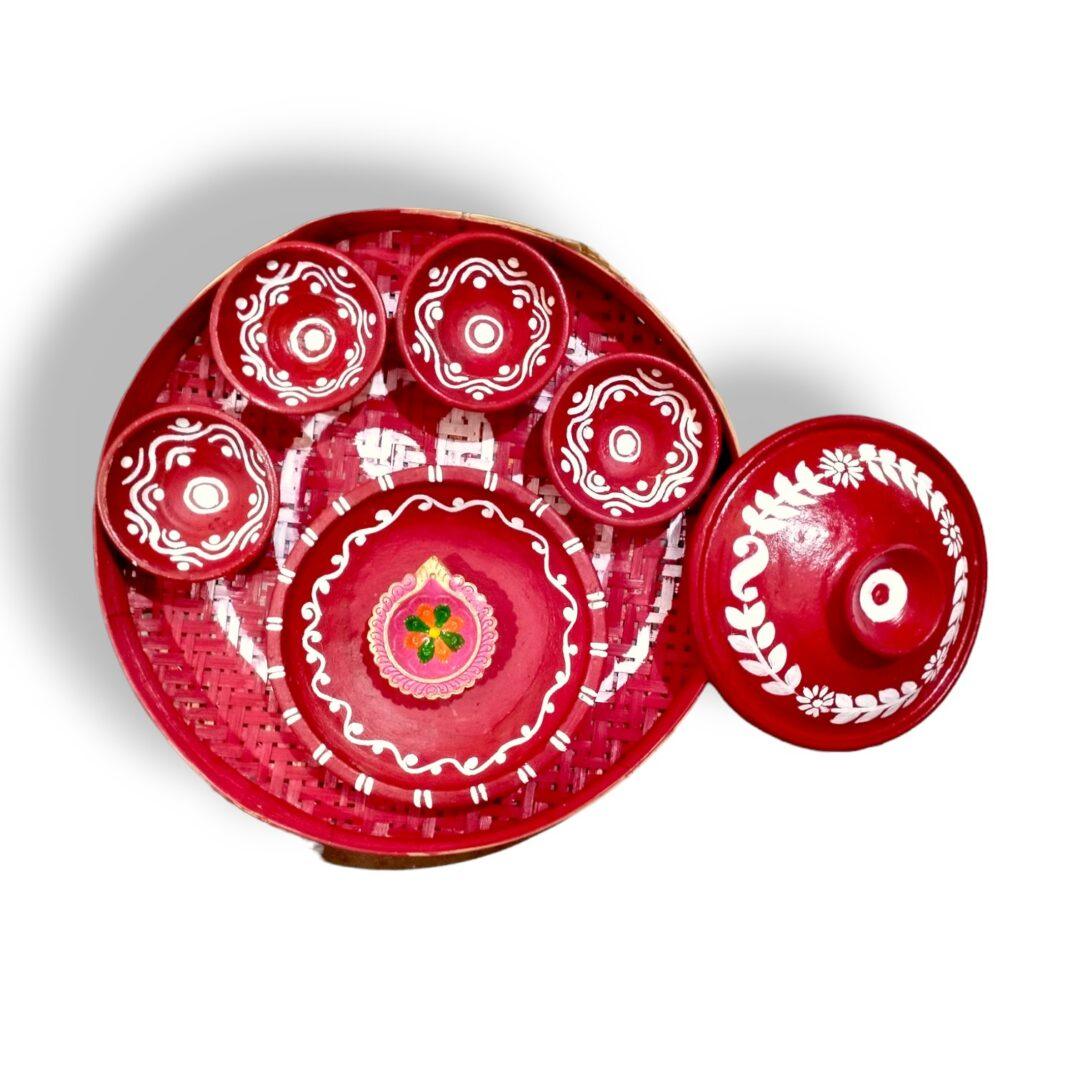
Jhumar: The Dance of Exuberance
- Originating from the Sandalbar region, Jhumar is a dance that flows with a gentle, graceful rhythm. Performed by both men and women, it is slower and more rhythmic than Bhangra, often performed in a circle.
- The movements mimic the swaying of fields and the gentle pace of village life, creating a truly mesmerising experience. Accompanied by instruments like the Algoza (double flute), Jhumar is a dance of pure joy and is a common sight at weddings and celebrations.
Sammi: A Tale of Feminine Resilience
- This traditional dance is performed by women and tells stories of love and longing. It’s a gentle yet powerful performance that showcases the resilience and deep emotions of Punjabi women.
- The dancers, dressed in bright kurtas and long, flowing lehengas, use intricate footwork and expressive hand gestures to convey their stories. Sammi is a poignant and beautiful dance that touches the heart.
Malwai Giddha: Where Strength Meets Rhythm
- Don’t be fooled by the name! Malwai Giddha is a powerful folk dance performed by men, originating from the Malwa region of Punjab. It’s a unique blend of dance and folk poetry, where performers often use instruments as props.
- It’s a performance that radiates strength and a rustic charm, often narrating tales of bravery and folklore. This dynamic dance adds a dramatic and powerful flair to any celebration.
Luddi: The Dance of Victory
- Luddi is a dance of pure celebration, often performed to mark a victory or success. Primarily performed by men, it involves energetic and athletic movements, including high jumps and spins that reflect a feeling of triumph.
- Performed in circles with finger clicks and claps, Luddi is an expression of absolute joy and is a popular feature at weddings and even sporting events to celebrate a win.
Kikli: A Whirlwind of Innocent Joy
- A delightful and playful dance performed by young girls, Kikli is a beautiful sight. Two girls cross their arms, hold hands, and spin around in a circle, singing cheerful songs.
- It’s a simple dance that perfectly captures the innocence, friendship, and carefree spirit of childhood. The sight of girls in their colourful traditional clothes, lost in a whirlwind of laughter, is truly heartwarming.
Gatka: The Spiritual Dance of the Warrior
- Gatka is much more than just a dance; it is a traditional Sikh martial art that is both a spiritual practice and a form of self-defence. The movements are rhythmic, graceful, and incredibly disciplined.
- Performed with weapons like swords and staffs, Gatka is a breathtaking display of skill, courage, and faith. It represents the warrior spirit that is an integral part of Sikh history and culture.
Bring the Spirit of Indian Culture Home
Watching these beautiful folk dances fills our hearts with pride and joy for our rich heritage. While the energy of a live performance is unmatched, you can keep the essence of our traditions alive in your own home. At Poojn.in, we are committed to bringing you authentic cultural and ritual items that connect you to your roots.
From beautiful traditional attire to handcrafted decor that tells a story, explore our collection to find something that resonates with your soul. Celebrate our culture every day by visiting our online store and discovering the treasures of India.
Your Questions on Punjab’s Folk Dances
Many people are curious about the deeper meaning and context of these beautiful performances. Here are some insights into common queries.
What makes Bhangra and Giddha so special?
Bhangra and Giddha are more than just dances; they are the pulse of Punjab. Their popularity comes from their infectious energy and their ability to express pure, unfiltered joy. They are central to celebrations, especially harvest festivals like Vaisakhi, representing gratitude and prosperity. Their simple yet powerful steps allow everyone to participate, making them a true community celebration.
What do the vibrant costumes represent?
The traditional attire worn during these dances is a feast for the eyes and is deeply symbolic. The bright colours—like yellow, green, and red—represent happiness, prosperity, and the vibrant colours of the harvest. The intricate embroidery, especially the famous Phulkari work, tells stories of its own and is a cherished craft passed down through generations of women.
How do these folk dances unite the community?
In a world that’s becoming more digital, these traditional dances are a powerful way to bring people together. They are performed in groups, fostering a sense of teamwork, unity, and shared identity. When people dance together at weddings or festivals, they aren’t just performers and audience; they become one large family celebrating their collective heritage. This shared experience strengthens community bonds and keeps the culture alive and thriving.
